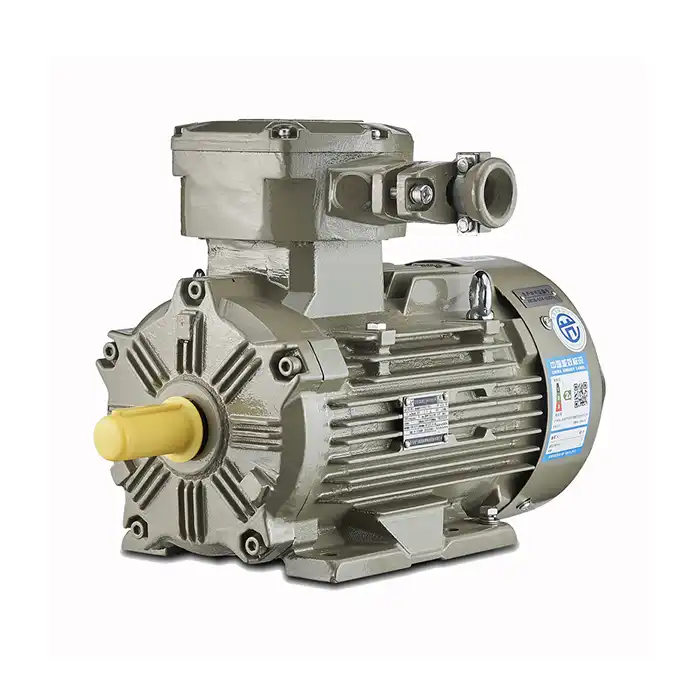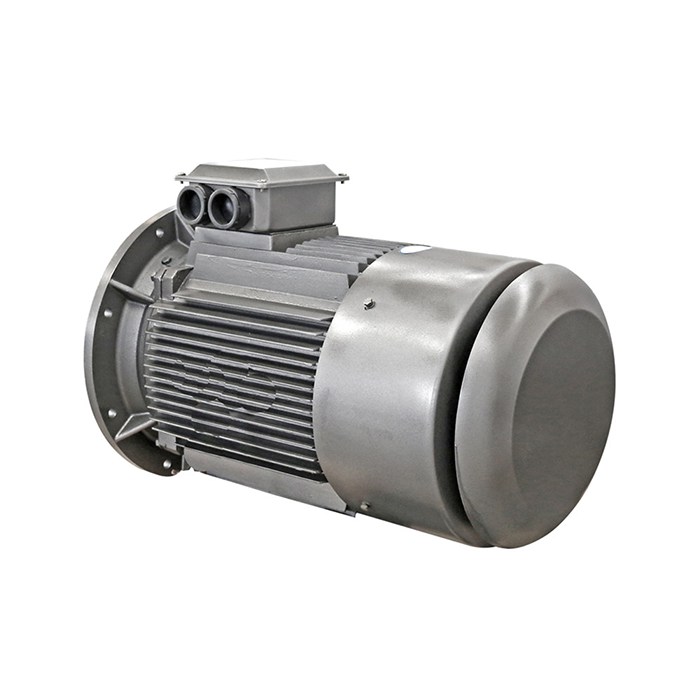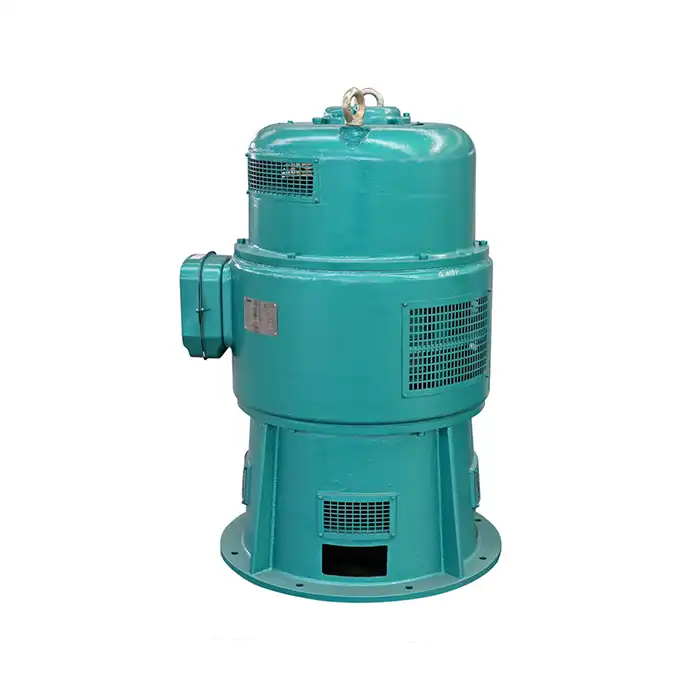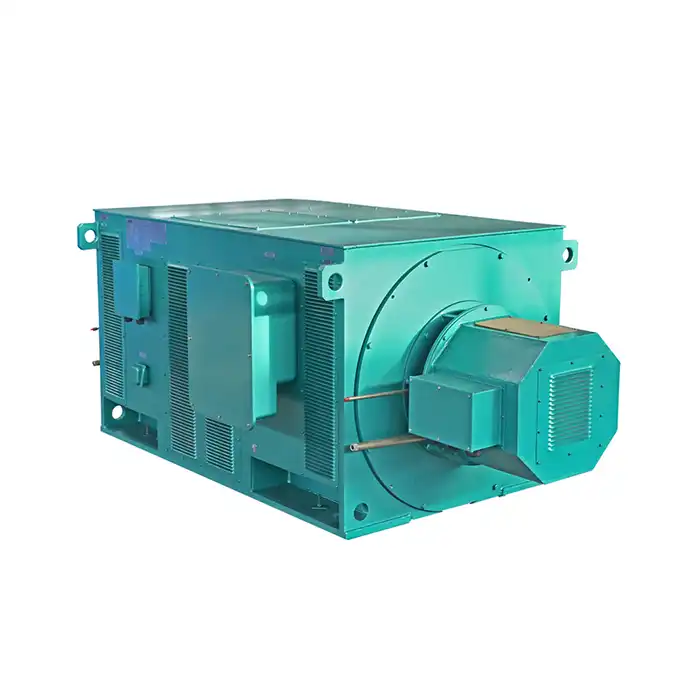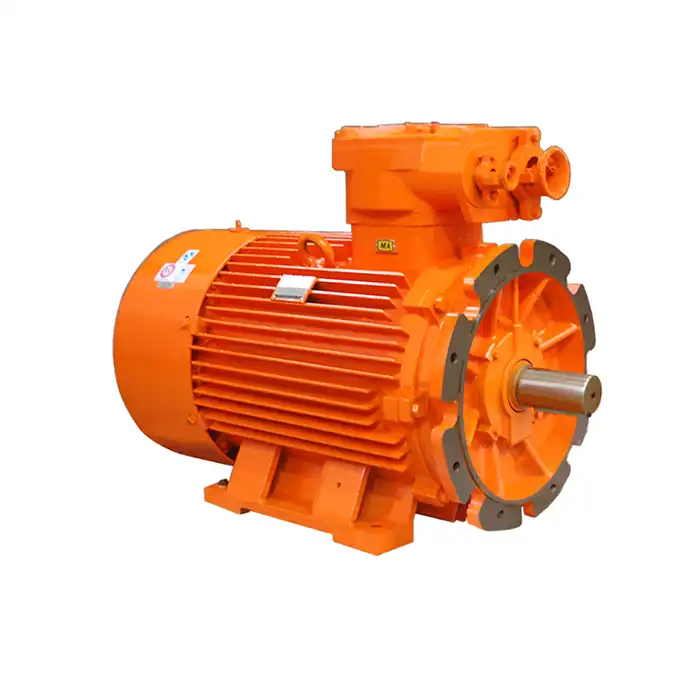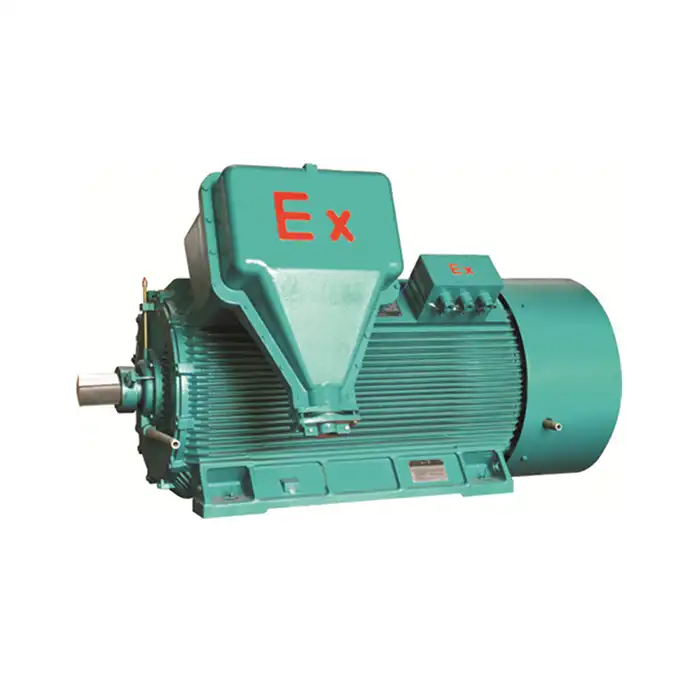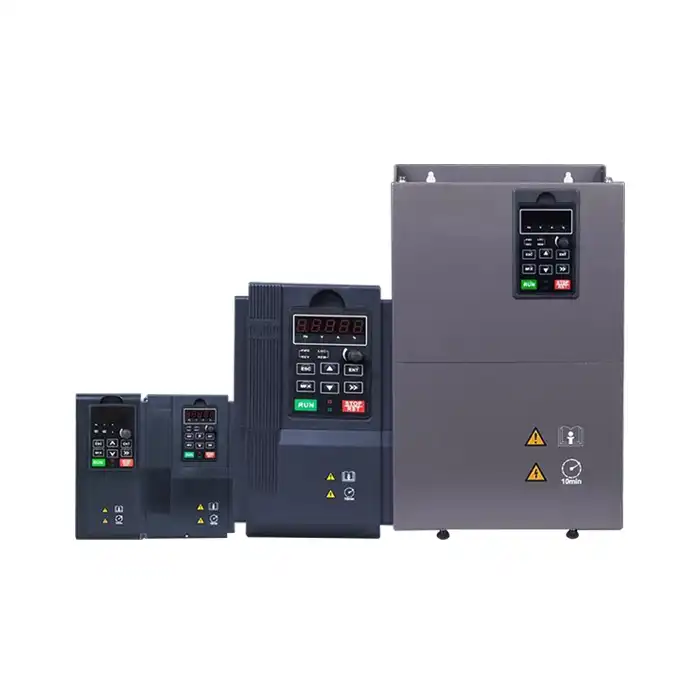An important development in electric motor technology, IE 5 motors provide exceptional energy efficiency across a range of load scenarios. Optimising these motors' performance and maximising energy savings requires an understanding of how they behave under various loads. This article examines the effects of overloading, goes into the nuances of IE 5 motor performance throughout load ranges, and offers helpful load control advice.
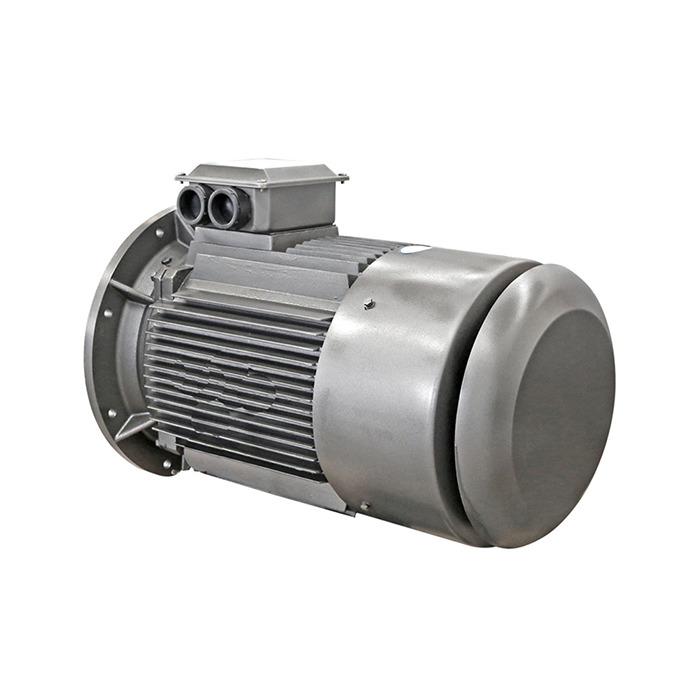
Series:YE5
Frame number: 80-450
Power range:0.75-1000kW
Protection level:IP55
Energy efficiency class: IE5
Voltage range: 380V,400V,415V, 660V,etc.
Application:can be used in various fields of the national economy, such as machine tools,water pumps,fans,compressors,and can also be used in transportation, mixing, printing, agricultural machinery, food and other occasions that do not contain flammable, explosive or corrosive gases.
Certificate: international standard IEC60034-30 "Efficiency Classification of Single-speed Three-Phase Squirrel Cage Induction Motors".
Advantage:The high quality of the electric motor guarantees high operational reliability.
Others: SKF, NSK, FAG bearings can be replaced according to customer requirements.
IE 5 Motors: Optimal Load Ranges Explained
IE 5 motors are designed to maintain high efficiency across a wide range of load conditions. However, like all electric motors, they have specific load ranges where they operate at peak performance. Understanding these optimal load ranges is essential for achieving maximum energy savings and prolonging motor life.
Efficiency Curves of IE 5 Motors
The efficiency of IE 5 motors typically follows a curve that peaks at around 75% to 100% of rated load. This means that these motors are most efficient when operating near their designed capacity. However, one of the key advantages of IE 5 motors is their ability to maintain high efficiency even at partial loads.
Partial Load Performance
Unlike lower efficiency class motors, IE 5 motors exhibit minimal efficiency drop-off at partial loads. This characteristic makes them particularly suitable for applications with variable load demands. For instance, in pumping systems or conveyor belts where load fluctuates, IE 5 motors can maintain high efficiency, resulting in significant energy savings over time.
Full Load Operation
At full load, IE 5 motors showcase their peak efficiency. They are designed to handle continuous operation at rated load without overheating or experiencing premature wear. This robustness makes them ideal for applications requiring consistent high-power output, such as industrial compressors or large fans.
Impact of Overloading on IE 5 Motor Efficiency
While IE 5 motors are designed to handle their rated load efficiently, overloading can have significant impacts on their performance and longevity. Understanding these effects is crucial for proper motor management and preventing premature failure.
Efficiency Reduction Under Overload
When an IE 5 motor is operated beyond its rated load, efficiency begins to decline. This decrease in efficiency is due to increased electrical losses and thermal stress on the motor components. The extent of efficiency reduction depends on the degree of overloading and the duration of operation under these conditions.
Thermal Considerations
Overloading leads to increased heat generation within the motor. While IE 5 motors are equipped with advanced thermal management systems, prolonged overloading can exceed their cooling capacity. This excess heat can degrade insulation, reduce bearing life, and ultimately lead to motor failure if not addressed promptly.
Power Factor Changes
Overloading an IE 5 motor can also affect its power factor. As the load increases beyond the rated capacity, the power factor may decrease, leading to increased reactive power consumption. This not only reduces overall system efficiency but can also result in additional charges from utility providers in industrial settings.
Maximizing IE 5 Motor Performance: Load Management Tips
To fully leverage the benefits of IE 5 motors, implementing effective load management strategies is essential. These tips can help ensure optimal performance and energy efficiency across various operating conditions.
Proper Sizing and Selection
The foundation of effective load management begins with selecting the right IE 5 motor for the application. Conduct thorough load analysis to determine the actual power requirements of your system. Oversizing motors can lead to inefficient operation at partial loads, while undersizing risks overloading and reduced efficiency.
Implementing Variable Speed Drives
Pairing IE 5 motors with variable speed drives (VSDs) can significantly enhance their performance across varying load conditions. VSDs allow motors to operate at optimal speeds for given loads, maintaining high efficiency even when demand fluctuates. This combination is particularly beneficial in applications like pumps, fans, and compressors where load varies frequently.
Regular Monitoring and Maintenance
Continuous monitoring of motor performance is crucial for identifying and addressing issues before they escalate. Implement a regular maintenance schedule that includes: - Checking alignment and balancing to prevent uneven loading - Monitoring temperature and vibration levels - Inspecting bearings and lubricating as needed - Verifying electrical connections to ensure balanced power supply
Load Balancing in Multi-Motor Systems
In applications where multiple IE 5 motors are used, implementing load balancing strategies can optimize overall system efficiency. Distribute loads evenly across motors when possible, and consider rotating the load among motors to ensure even wear and consistent performance.
Avoiding Frequent Start-Stops
While IE 5 motors are designed to handle frequent starts and stops better than lower efficiency classes, minimizing these events can still improve overall efficiency and motor life. Where applicable, implement soft start technologies or staging strategies to reduce the stress on motors during startup.
Optimizing Power Quality
Ensure the power supply to your IE 5 motors is of high quality. Voltage imbalances, harmonics, and other power quality issues can significantly impact motor efficiency and performance. Consider installing power quality monitoring devices and implementing corrective measures as needed.
Conclusion
In conclusion, the IE 5 motors' performance under various load scenarios demonstrates their adaptability and effectiveness. Industries can optimise the advantages of these cutting-edge motors by comprehending their ideal working ranges and putting into practice efficient load control techniques. IE 5 motors provide a reliable solution for energy-conscious applications, managing full load operations with little losses and maintaining excellent efficiency at partial loads.
Purchasing IE 5 motors is a wise move for companies trying to lower operating expenses and increase energy efficiency. These motors can have a big influence on your bottom line and help you achieve sustainability goals, whether you are in manufacturing, process control, HVAC, or utilities.
If you're considering upgrading to IE 5 motors or need expert guidance on optimizing your motor systems, XCMOTOR is here to help. Our team of specialists can provide tailored solutions to meet your specific needs, ensuring you get the most out of your motor investments. For more information or to discuss your requirements, please don't hesitate to contact us at xcmotors@163.com. Let's work together to power your success with efficient, reliable, and sustainable motor solutions.
References
1. Johnson, M. E. (2022). "Load-dependent Performance Analysis of IE5 Electric Motors in Industrial Applications." Journal of Energy Efficiency in Manufacturing, 18(3), 245-260.
2. Smith, A. R., & Brown, L. K. (2023). "Comparative Study of IE5 Motor Efficiency Under Varying Load Conditions." International Conference on Advanced Motor Technologies, 112-125.
3. Wang, X., et al. (2021). "Thermal Management Strategies for IE5 Motors in Overload Scenarios." IEEE Transactions on Industrial Electronics, 68(9), 8234-8245.
4. Garcia, C. M. (2022). "Optimizing IE5 Motor Performance through Advanced Load Management Techniques." Energy Conversion and Management, 255, 115301.
5. Patel, R. V., & Zhao, Y. (2023). "Impact of Variable Speed Drives on IE5 Motor Efficiency Across Load Ranges." Applied Energy, 331, 120305.
6. Lee, S. H., et al. (2022). "Long-term Performance Analysis of IE5 Motors in Industrial Environments: A Case Study." Energy for Sustainable Development, 66, 278-289.



